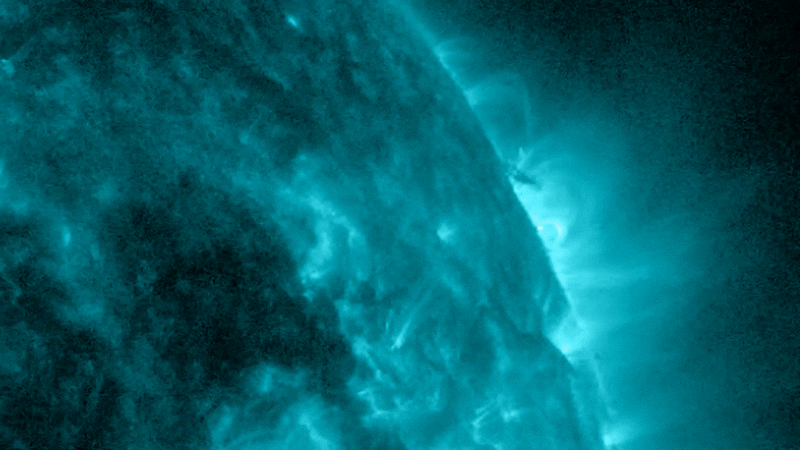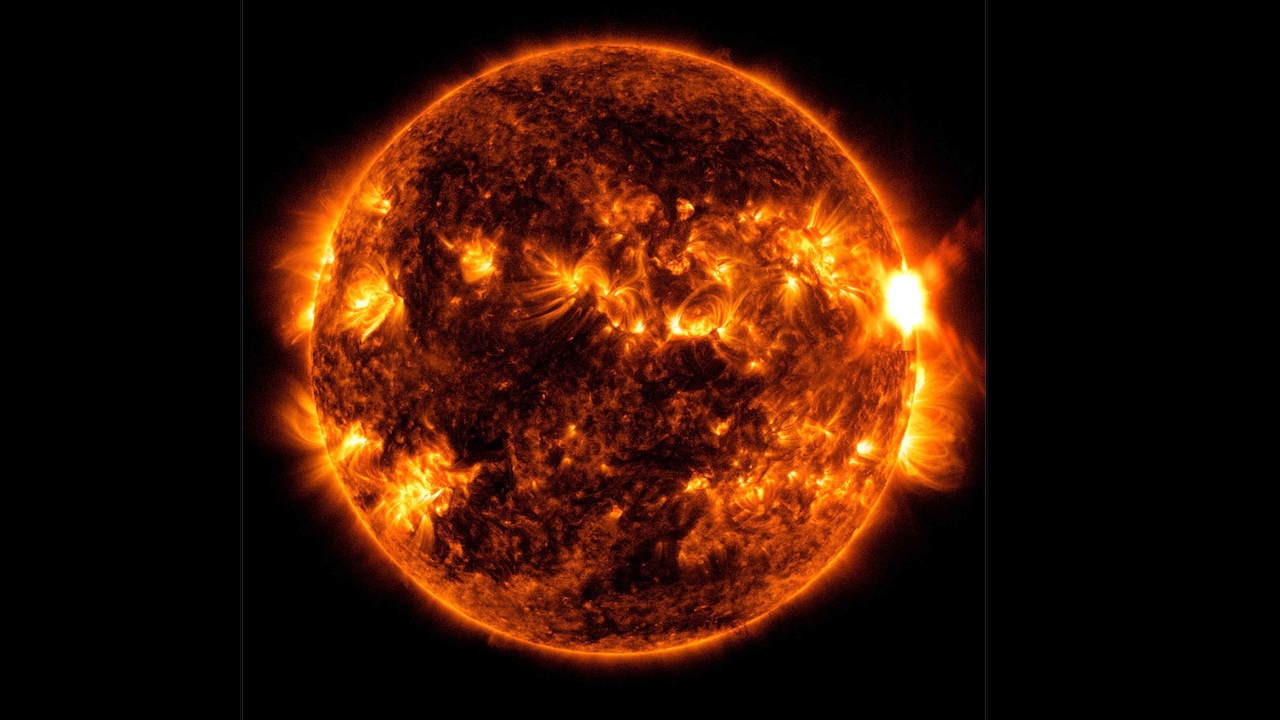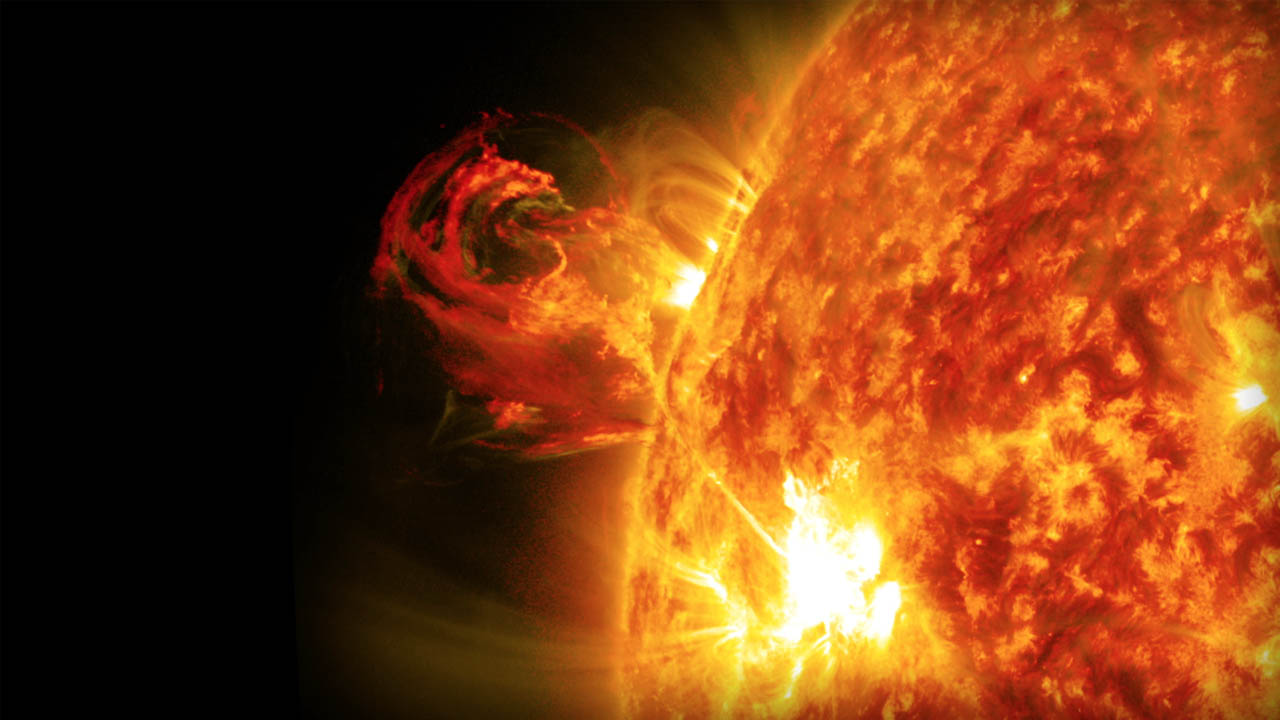Last Sunday, the Sun ended the weekend with a magnificent explosion. In this major event, one of the sunspots, AR 4001, exploded at a point that the world could not see. However, the effects of this explosion were felt on some radio frequencies.
A big explosion on the Sun: X2.0 Flares observed
A powerful X2.0 solar flare occurred on the AR 4001 sunspot near the northwestern edge of the Sun at around 14:27 on Sunday, February 24. This explosion brought with it a large increase in ultraviolet (UV) radiation and caused the short-wave radio signals to be cut off in some areas over the Pacific Ocean. Such a cut means that high-frequency (HF) radio signals are completely or largely lost in the regions where the Sun’s light is reflected.

Solar flares are divided into four classes according to their power: X, M, C and B. Class X is considered the most powerful of these explosions, and each increase means that the power of the explosion increases tenfold. The X2.0 explosion observed on Sunday produced a powerful impact but did not produce a coronal mass ejection (CME) in the direction of Earth.
NOAA’s Space Weather Prediction Center (SWPC) stated in a statement on the subject that the explosion did not cause a CME and therefore no major impact on Earth is expected.
The explosion was also recorded as a radio outage event classified as “R3 – Strong”. This is below the “Extreme” (R5) and “Severe” (R4) events according to SWPC’s Space Weather Scale.

Although this event did not harm Earth, observations are continuing for other possible explosions on the Sun. SWPC stated that the probability of other similarly powerful events occurring this week is low. However, scientists continue to watch carefully for future explosions.
So what do you think about this issue? You can share your thoughts with us in the Comments section below.














